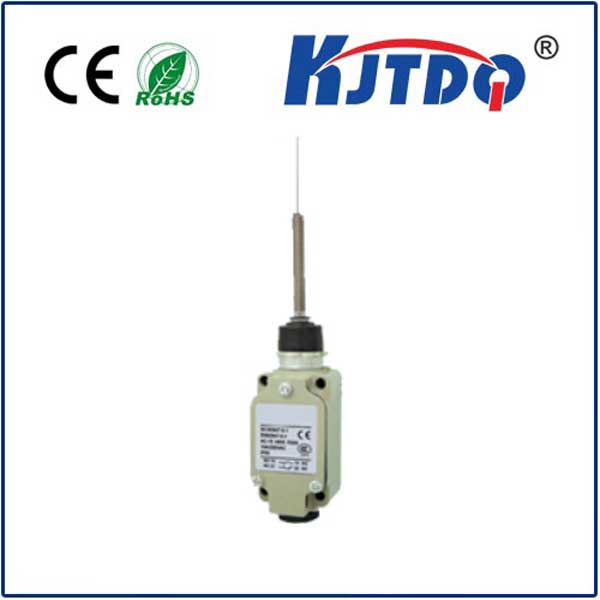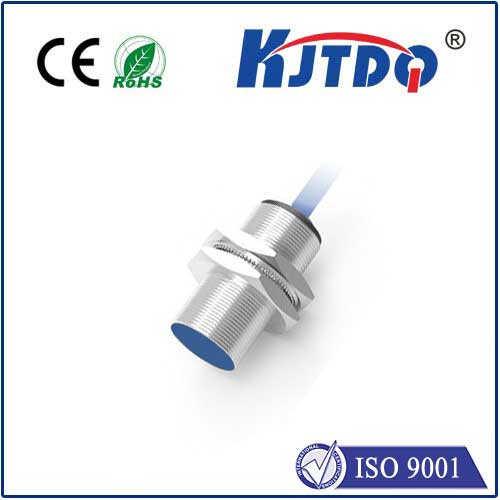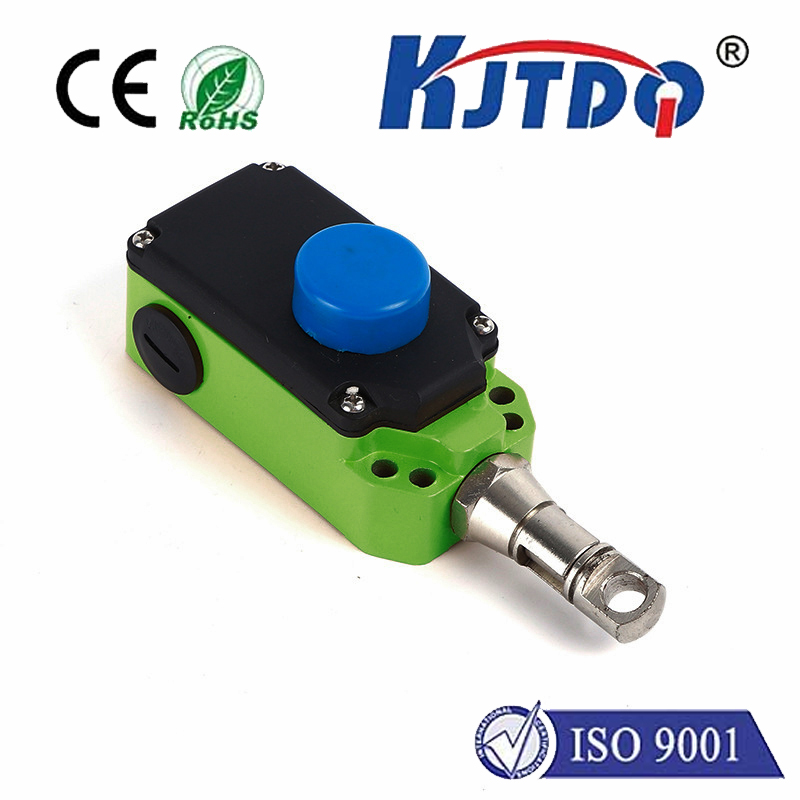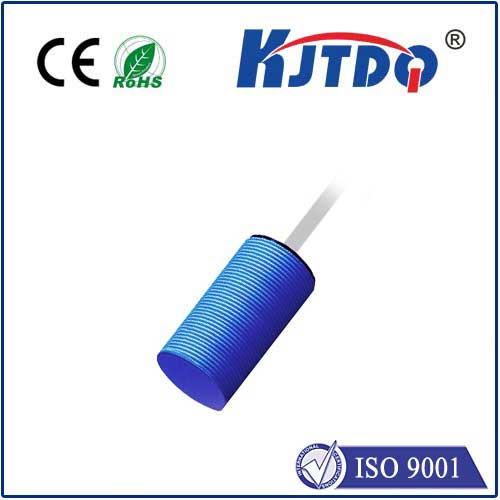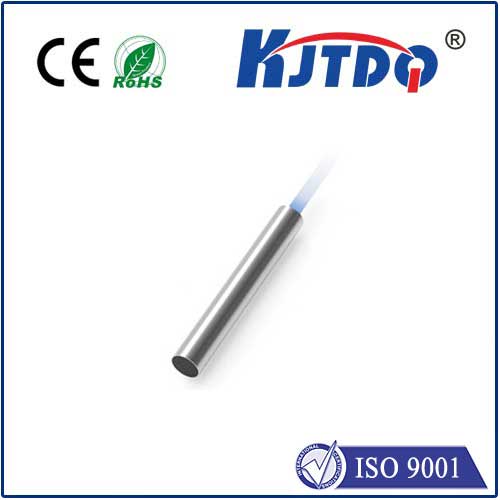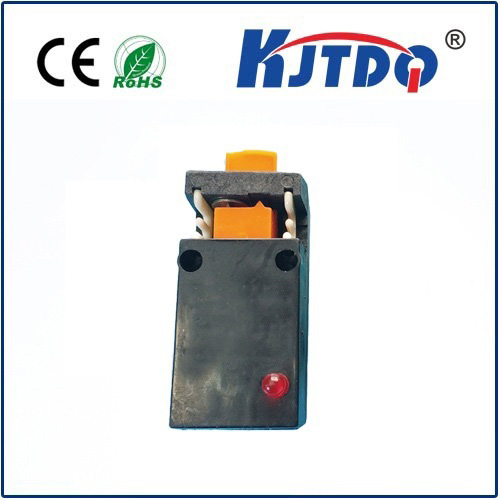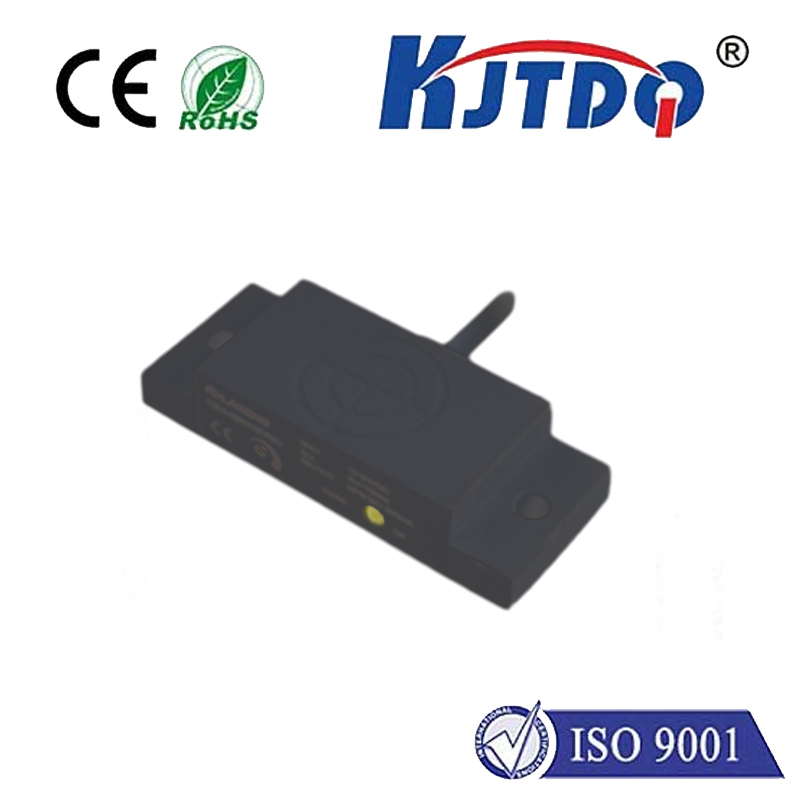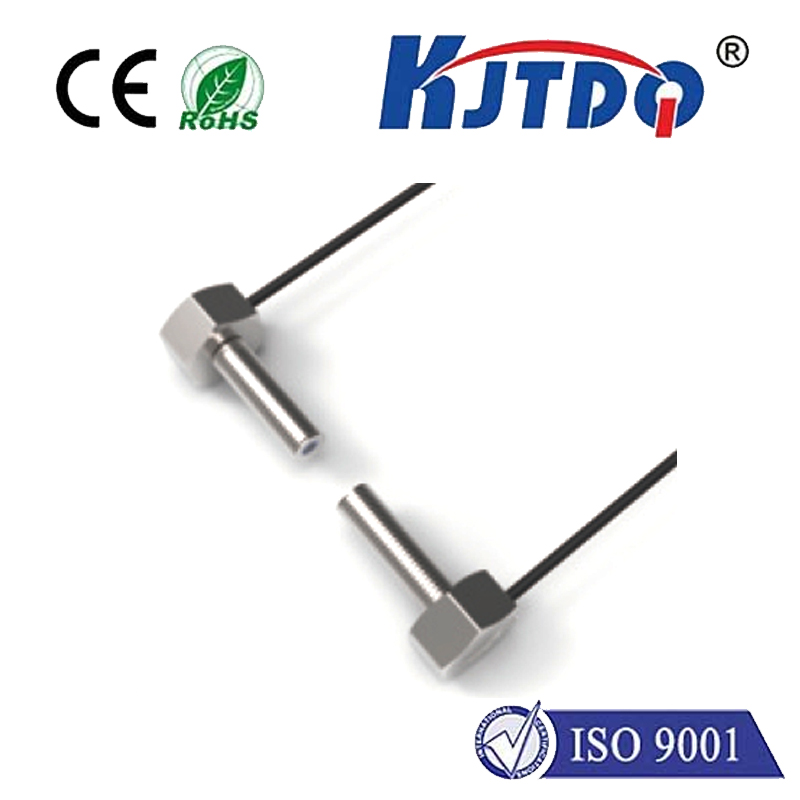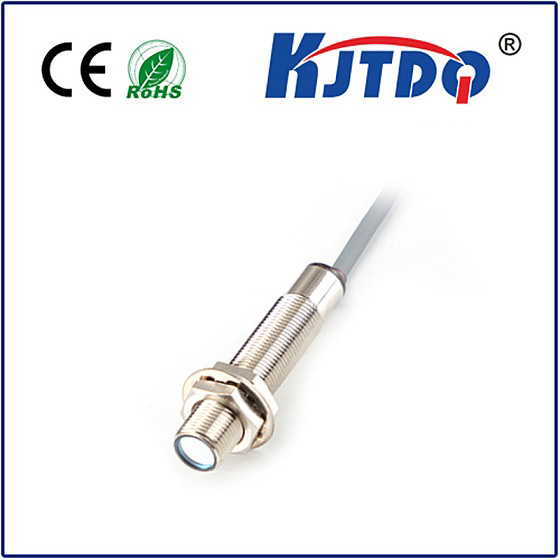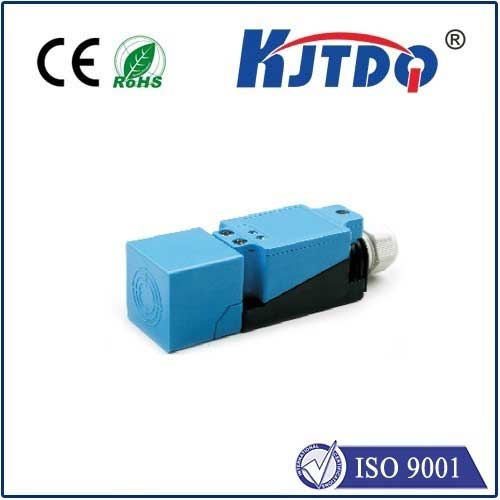
check

check

check

check

Title: The Essential Guide to Understanding Temperature Switch Sensors Introduction Temperature switch sensors are critical components in various industries, from manufacturing to environmental monitoring. These devices play a vital role in regulating temperature, ensuring machinery operates within safe parameters, and optimizing energy efficiency. In this guide, we’ll delve into the world of temperature switch sensors, exploring their functionality, applications, and importance. What is a Temperature Switch Sensor? A temperature switch sensor is an electrical device that opens or closes a circuit in response to the temperature it senses. It acts as a thermostat, maintaining a constant temperature by switching on or off when temperature thresholds are met. They come in different types, such as mechanical and electronic, each suited for specific uses. Mechanical Temperature Sensors Mechanical temperature switches use bimetallic strips that bend with temperature changes, making or breaking an electrical contact. This traditional design is simple and robust, suitable for environments where reliability is crucial despite potential wear and tear over time. Electronic Temperature Sensors On the other hand, electronic temperature switch sensors utilize semiconductor-based components, like thermistors or integrated circuits, which change resistance with temperature variation. These sensors offer precision and rapid response times but may be more vulnerable to electrical interference and require careful calibration. Key Features of Temperature Switch Sensors Temperature switch sensors boast several key features that make them indispensable in modern industry:
